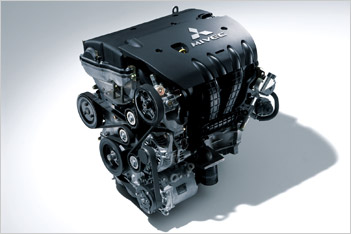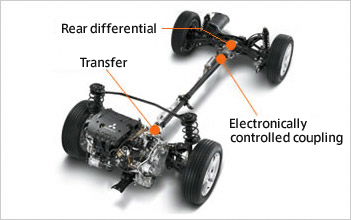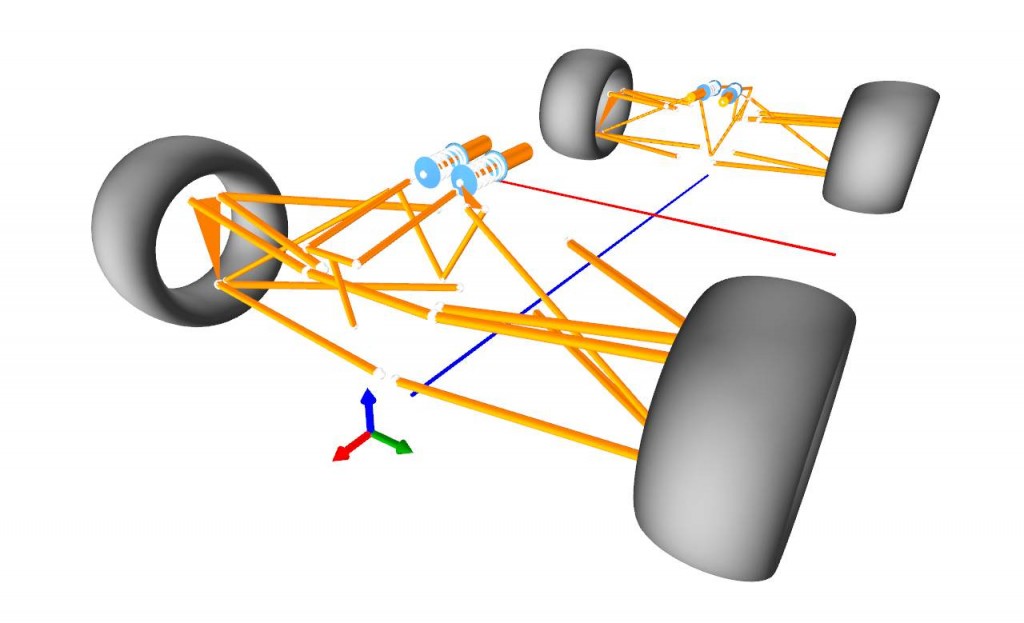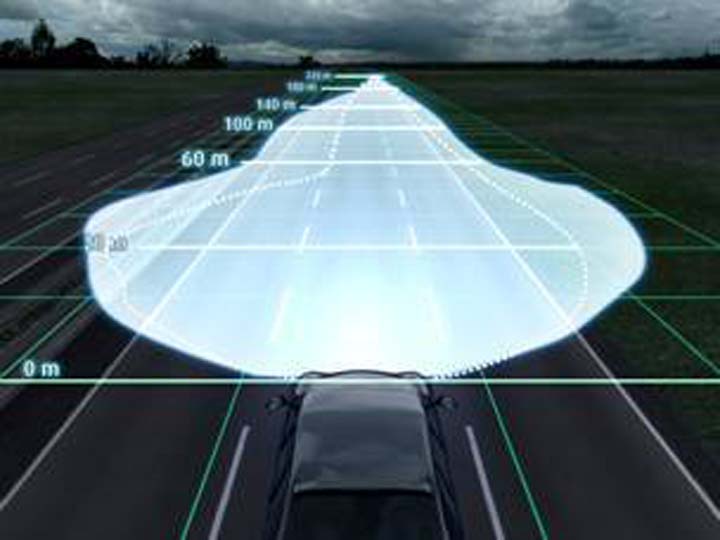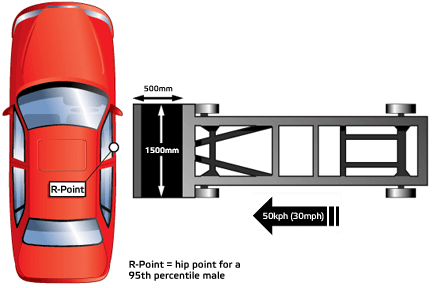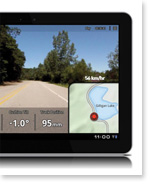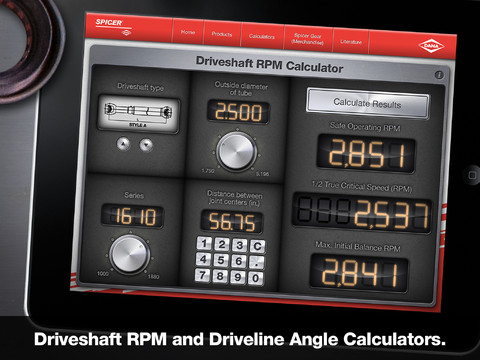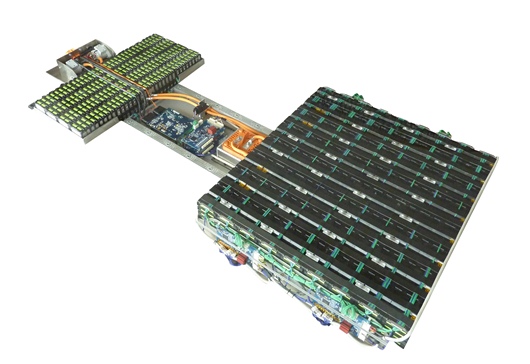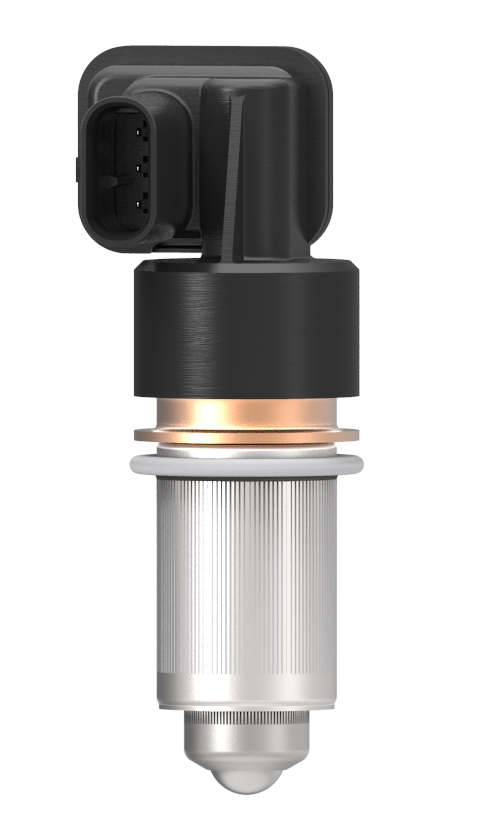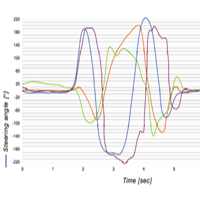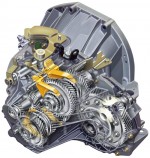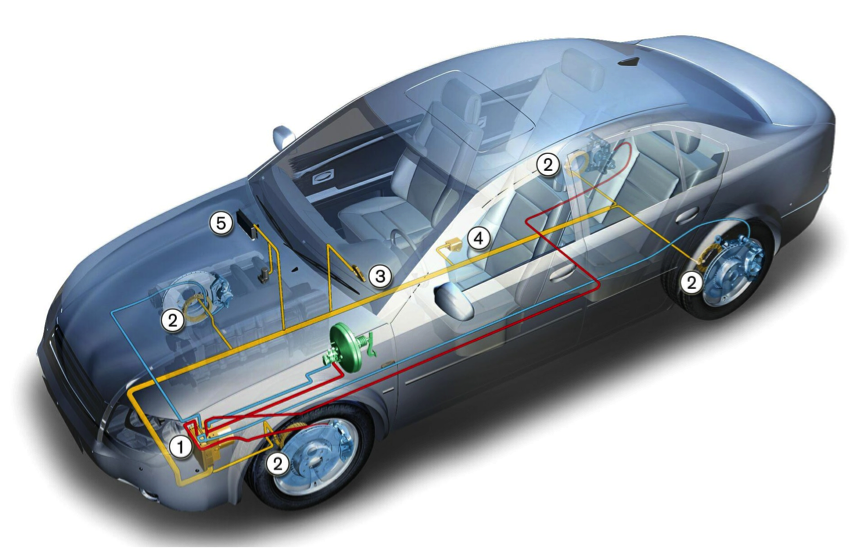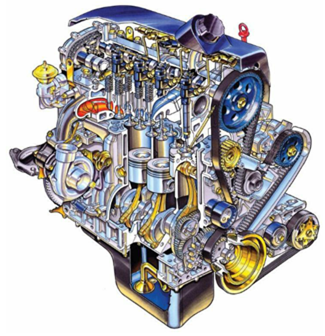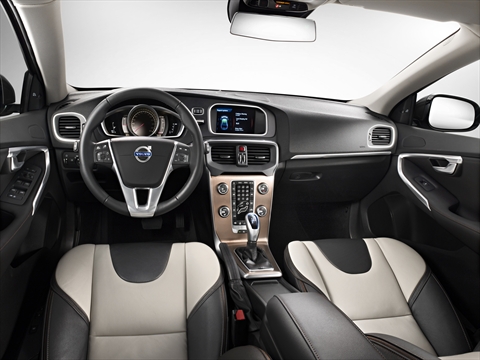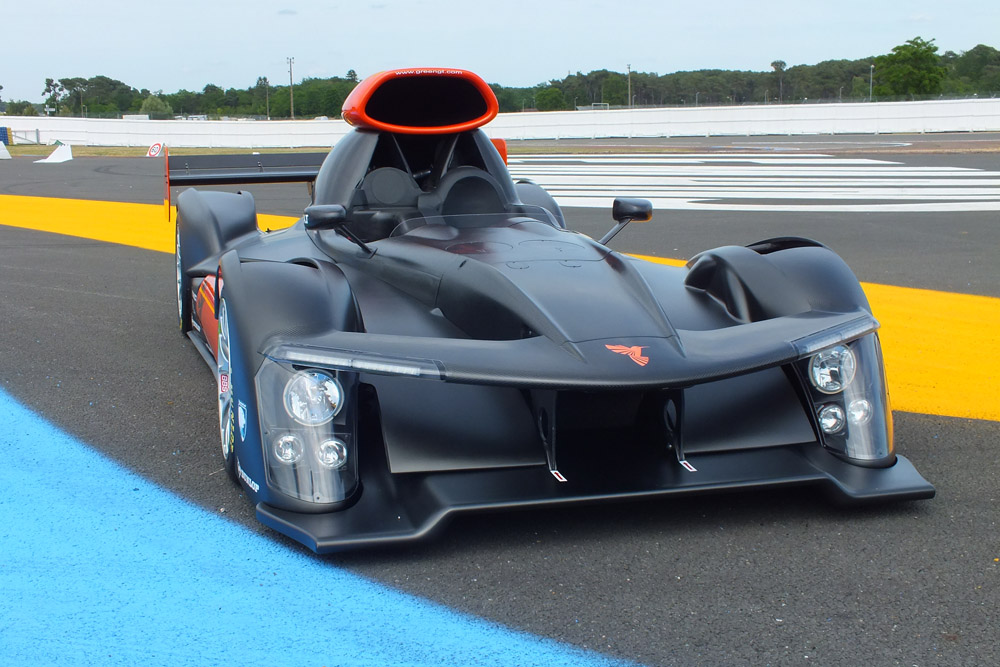BorgWarner introduces the world’s first electronic limited slip differential designed for the front transaxle of a front-wheel drive (FWD) vehicle on the 2013 Volkswagen Golf GTI with Performance Pack. Known as front cross differential (FXD) technology, the system greatly enhances vehicle traction, handling and stability without sacrificing engine power.
Under certain driving conditions, the FXD technology’s enhanced vehicle performance approaches that of an all-wheel drive (AWD) system but costs less and offers better fuel economy. The technology uses the same electro-hydraulic actuation technology recently launched on BorgWarner’s fifth generation AWD coupling, and offers automakers an electronic limited slip differential solution with a wide range of calibration options.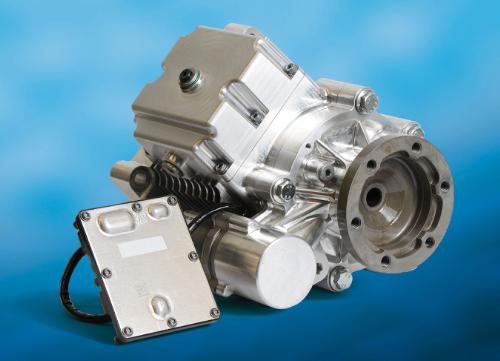
“BorgWarner’s FXD technology received very positive reviews during customer demonstrations for its improved traction and vehicle performance,” said Dr. Stefan Demmerle, President and General Manager, BorgWarner TorqTransfer Systems. “Unlike brake-based systems, our pre-emptive technology anticipates the torque needed in different driving situations, delivering unsurpassed traction, handling and stability while maximizing the fun-to-drive experience for front-wheel drive vehicles.”
BorgWarner’s bolt-on FXD technology uses the same vehicle sensor inputs as an AWD system to generate controlled locking torque between the left and right front wheels, directing power to the wheel with the best traction before wheels slip or spin. In some situations, such as climbing an icy hill, FXD technology improves acceleration through more effective use of available engine power compared with brake-based traction control systems, which tends to consume engine power. For better cornering performance, the system delivers a torque vectoring effect, shifting more power to the outer wheel to reduce inner wheel slip. To enhance vehicle stability, the system has the ability to shift more power to the inner wheel, which reduces intervention from brake-based stability control systems.
Source: BorgWarner
Romain’s opinion:
Electronic is more and more replacing mechanical actuators in automotive. But after Toyota’s issues with unintended acceleration because of a bugged Throttle control Software, don’t you think it is risky and unsafe to control a limited slip differential electronically? Do you think there is a mechanical fallback mode for the limited slip feature?

